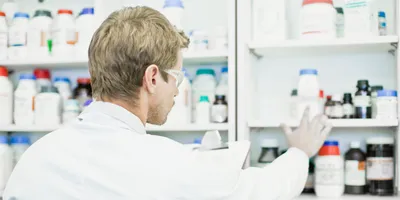Optical microscopes are a common tool found in almost all laboratories that illuminate and magnify a specimen. Optical microscopes offer ease of use but have limited resolving power. If a much higher resolution and greater depth of focus is required, then a scanning electron microscope (SEM) might be beneficial. SEMs use a beam of focused high-energy electrons to produce information about the specimen, including morphology, chemical composition, crystalline structure, and material orientation. For a list of microscope manufacturers, see our online directory: LabManager.com/microscope-manufacturers
Questions to Ask When Buying a Microscope:
Optical
- What types of samples will be examined?
- What is the size and weight of your sample? Upright microscopes have a fixed height and weight, depending on the objective used. If you have a tall or heavy sample, an inverted microscope may work better.
- What degree of magnification is required?
- Will you need an external light source?
- Are there attachments and accessories available to adapt the microscope for different applications?
SEM
- Will you need a floor model or a desktop model?
- What is the finest resolution you want to achieve?
- What is the acquisition speed of the microscope, and how does it align with your research needs?
- How many individuals will use the microscope and how will they be trained?
- Is there sufficient space in the lab or a dedicated room for the SEM?
- What ergonomic features are available?
SEM/EDS in Materials Science
SEM and energy dispersive X-ray spectroscopy are commonly used in materials science labs to analyze sample composition and perform advanced surface analyses. Learn more about this technique and its various applications in materials science at LabManager.com/SEM-EDS-materials-science
Super-resolution Structured Illumination Microscopy
SR-SIM can be an effective introduction to super-resolution microscopy. Someone experienced with confocal or widefield microscopy can likely be trained on SIM in a day. SIM is also compatible with most fluorophores and sample prep methods, so you can continue your research without reformulating samples.










